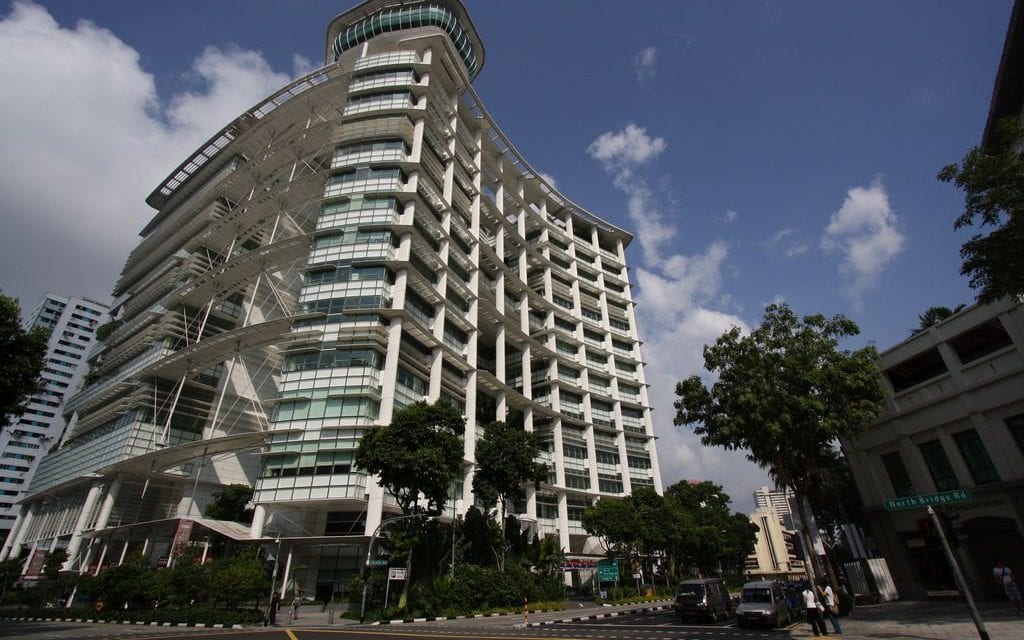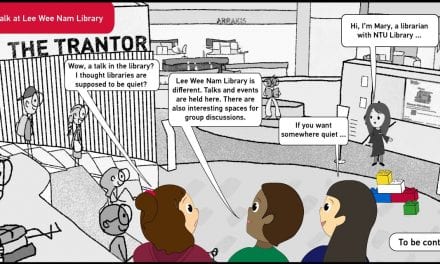Do you know the difference between a public library and a national library?
In Singapore, many people are unclear because both the public libraries and the National Library are managed by the same organisation, the familiar National Library Board of Singapore (NLB).
It also does not help that the National Library, located along Victoria Street, also incorporates the Central Public Library in the basement of the flagship building of NLB (aptly called the National Library Building). I myself had called it “the main library” or just “the Bugis Library”, completely removing the label “national” or “public”.
It is important to discern the different functions of a national library and a public library. Why? So that we know where to go to depending on our needs.
Public libraries, as the name implies, cater to the general public, providing a wide range of fiction and non-fiction titles to suit the interests of everyone. Regardless of your age, occupation or hobbies, you can find something relevant or fun to borrow and read.
On the other hand, one of the main functions of a national library is to collect and preserve the country’s publications.
The statement below by our National Library highlights their duty in safeguarding “the documentary heritage and intellectual memory of Singapore”:
“Publications received … are made available as source materials for research, especially into all aspects of Singapore life, culture, history, education, scientific study and other activities by present and future generations.”
The resources at the National Library don’t just sit there waiting for someone to discover. From time to time, librarians curate some of these memories into exhibitions that gives us insight into how life was like in the past—be it decades or centuries ago.
Exhibitions
In July, I visited this exhibition on early advertising in Singapore.
Selected paraphernalia, featuring products, services and brands from the 1830s to 1960s were presented in a modern and unusual manner. There were barcode scanners for physical imitations of grocery items for me to find out more about their packaging and what not. I felt like I was browsing through items at a department store!
There was an interactive multimedia station designed by a team of SUTD students and faculty that helped me to figure out the kind of a shopper I am. Based on my “speedy shopper” archetype, I could follow a special route marked on a map of the exhibition areas.
As a communications student, I try to expose myself to all kinds of commercials to better relate to the theoretical concepts and strategies taught in class. Modern advertisements are usually available on the Internet, but it’s not every day that I have access to local ads that were around way before the rise of the Internet. Thanks to this exhibition, I was able to discover how advertising was like in the past.
Can you imagine a time where pretzel sticks were considered luxurious to have?

Photo: Pang Wen Shuan
Back in the 1940s, biscuits were still considered a non-essential and luxury food. Keeping up with the fashion of the time for cocktail drinks, Huntley & Palmers had introduced an assortment of cocktail biscuits, which included cheese sticks and pretzel sticks.
Like many ads for today’s luxury brands that emphasise the beauty of their products, the ad here plays up the allure of its biscuits by illustrating a finely dressed lady sipping champagne, picking up Huntley biscuits as if they were a fine food.
I was surprised to see a call for “crowdsourcing” way back in 1947, given the rather recent introduction of the term (coined by Wired Magazine editors Jeff Howe and Mark Robinson in 2005).

Photo: Pang Wen Shuan
Tiger Beer had reached out to the public with a rhyming competition in The Straits Times where people could submit poems about the brand to win prizes twice weekly.
I realised that the concept of crowdsourcing for creative advertising ideas is actually not new—countless brands have tried getting product or marketing ideas from the public for years.
Seeing these promotional materials first-hand allowed me to have a deeper understanding on advertising strategies of the past and present.
After finding out that NLB had published a book titled Between the Lines: Early Print Advertising in Singapore 1830s–1960s in conjunction with this exhibition, I took to the Internet to look for more of what they do.
Publications by Librarians
NLB has a quarterly journal BiblioAsia which features insights and research done by the librarians. In one issue (Volume 14, Issue 2), the lead curator of the Selling Dreams exhibition Chung Sang Hong wrote a thoughtful article on how print ads of the past highlights important clues to our social history.
I also learnt that in 2017, NLB librarians published a book titled The Rare Materials Collection: Selections from the National Library Singapore.
They had examined Singapore’s past with their own analytical lenses on 50 specially curated items from the Rare Collection – many of which were significant publications from the 19th and early 20th centuries issued by the earliest printing presses in Singapore. The book pieced together stories of people, communities and vignettes of life in Singapore and its place in the larger SEA region.
Librarians as a Resource
Previously, I had only seen librarians shelving books, reading stories to children, or walking around dishing out pink slips (like traffic wardens) when we leave our seats for a two-minute toilet break. From my recent discoveries of the National Library, there is far more to a librarian than meets the eye.
There are librarians who extract intriguing stories of our culture and history and tell them in an interesting fashion, such as through exhibitions and publications.
For us university students, they can cater to our research needs on Singapore history and culture, and direct us to the relevant resources in the National Library’s collections.
Now, I make it a habit of periodically checking their GoLibrary Events page or NLB’s Facebook page for upcoming talks or exhibitions. You might want to do the same too!
Feature Image of the National Library Building by Kojach | CC BY 2.0








